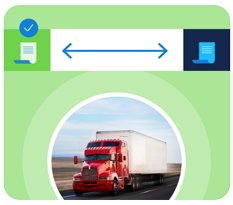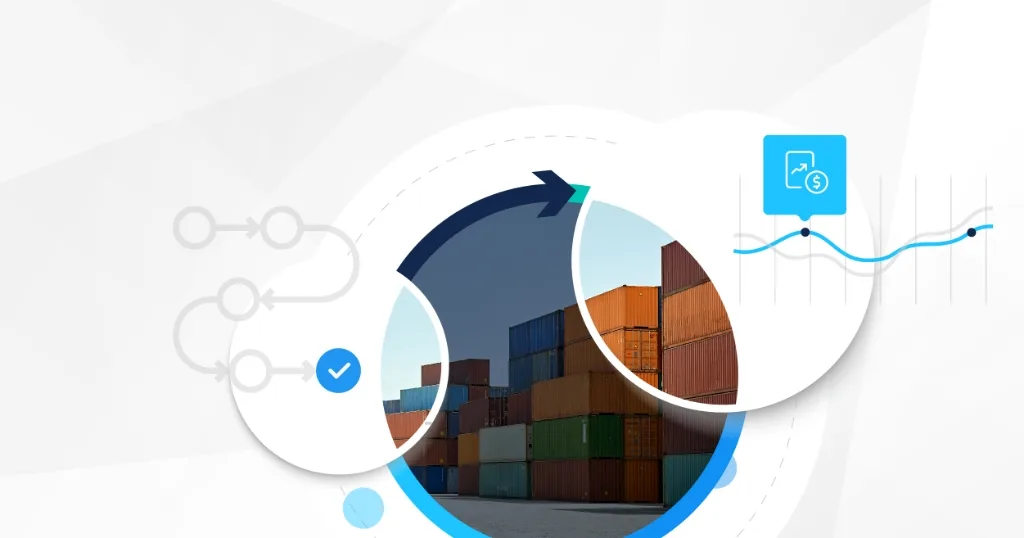Have you considered the complexity involved in managing lease data for real estate spaces? One of the most important and difficult parts of managing commercial real estate leases is keeping track of the relevant data. It calls for careful planning and maintaining the data over time. Without the right tools or system in place, it can lead to some significant challenges.
Real estate lease data management
Lease data management is more than just keeping records – it’s a game of skillfully balancing a variety of important variables. This complex system requires an understanding of the nuances of lease agreements, diligent attention to financial, legal, and operational commitments, and a firm grasp of all applicable laws and regulations. The secret to a well-oiled lease management system, free of legal snares, is having the right processes, software, and people in place.
The role of data in real estate leasing
Real estate leasing plans couldn’t function without data. Data enables companies to discover new market opportunities, optimize leasing techniques, and make informed judgments. Properly handling lease data is essential since it helps with market analysis and financial predictions, all of which have a profound impact on a company’s ability to grow or thrive.
The challenges of real estate lease data management
One big headache in managing leases for commercial real estate is keeping the data accurate and easy to access. You likely have a variety of complicated lease agreements, different rules to follow, and a market that’s always changing. It’s tough for businesses to stay on top of their lease data and make sure it’s current and accessible. Plus, there’s the extra challenge of keeping this data secure and private, especially when you’re dealing with deals across borders. That just adds to the complexity of handling lease data.
Types of data for real estate lease administration
Real estate lease administration deals with a variety of data types. There are financial components like rent payments and operating costs; the legal aspects like the lease covenants and any changes to them; and then the operational details like how the space is used and maintenance history. Getting a grip on these different types of data is important if you want to manage your leases well. Here are some of the items that need to be tracked:
- Lease terms: start/end dates, renewal options, termination conditions
- Financials: rent amounts, security deposit, payment terms, rent escalation
- Tenant/landlord info: names, contacts, and guarantor details
- Property details: address, square footage, amenities
- Maintenance and repairs: responsibilities and Conditions for Property Changes
- Usage: permitted uses, restrictions
- Insurance: required types and amounts
- Compliance: zoning laws and permits
- Subleasing/assignment: conditions for Lease Transfer
- Default/remedies: default conditions and remedies for parties
- Special clauses: purchase options, unique terms
- Utilities/services: payment responsibilities, shared facilities
Benefits of data-driven management in real estate leasing
Going for a data-driven approach in real estate leasing can step up your decision-making and strategy planning. It helps business owners predict what’s coming up in the market, get a better handle on what tenants want, and fine-tune the terms and conditions of leases. This method isn’t just about making things run smoother; it also ramps up profits and keeps tenants happier.
Get a demo for LeaseAccelerator Real Estate Manager and start overcoming these common challenges with real estate leases.






